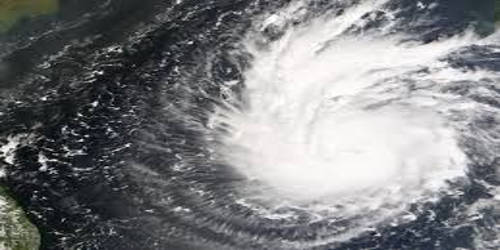Cyclone SIDR
The word ‘SIDR’ originates from the official language of Sri Lanka ‘Sinhalese’ is commonly understood as ‘eye’. Certainly, the Sidr does not look like the eyes. The SIDR, the terrible eye, had rushed with great signal number 10 and smashed the entire southern districts on the fateful night of November 15, 2007. With wind speed up to 280 km per hour and a tidal surge of 20 to 25 feet high, the SIDR flattened the Sundarbans, Mongla port, Khulna, Bhola, Patuakhali, Barguna, Jhalakhati, Pirojpur, Satkhira, Shariatpur, Faridpur, Gopalganj, Bagerhat, and Barisal. Strong winds had started lashing on the coastal zones since the 14th afternoon, uprooting trees and ripping off roofs of houses. High winds and floods also caused damage to housing, roads, bridges, and other infrastructure.
The after effect scenery of the southern part of Bangladesh was unimaginable. Sidr has devastated crops, houses, trees, Sundarbans mangrove forests, livestock infrastructures, birds, animals, etc. The death has crossed eight thousand people. More than a thousand are reported dead and unaccounted for according to grief-stricken relatives. Preliminary investigations have suggested that nearly 60000 persons have been injured. It is also apparent that more than a million rural households have been seriously affected. Standing crops on 1.6 million acres have been fully ruined. Over 8000 educational institutions have been fully or partially destroyed. This has hampered educational activities of nearly 750,000 students. A preliminary assessment has indicated that nearly 20 percent of the vegetables have been destroyed. Drinking water was contaminated by debris and many sources were inundated with saline water from tidal surges, and sanitation infrastructure was destroyed. People had been suffering for want of food, water, shelter.
Damage and loss from Cyclone Sidr were concentrated on the southwest coast of Bangladesh. It destroyed the richest forest in our country. Almost one-third of the Sundarbans, a world heritage has been totally demolished. So the government to decide to manage the disaster, supply relief to the affected people and ensure rehabilitation. Improved disaster prevention measures, including an improved forecasting and warning system, coastal afforestation projects, cyclone shelters, and embankments are credited with lower casualty rates than what would have been expected, given the severity of the storm. The authority concerned disaster management must ensure information about the natural disasters, warn people alit’ shift them to safe places. In the wake of Cyclone Sidr, the Government of Bangladesh, together with international experts, undertook comprehensive damage and loss. The young students can help people with rescue operations. They can raise awareness among the people so that they can take precautions measures. They can also work in coordination with the govt. NGOs and donor agencies of the world.















